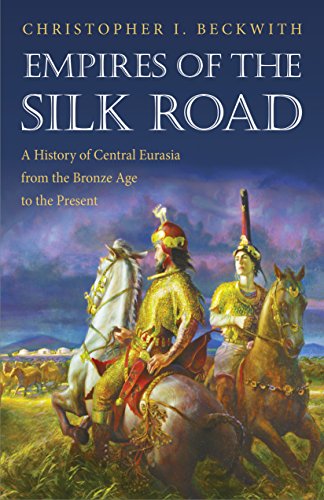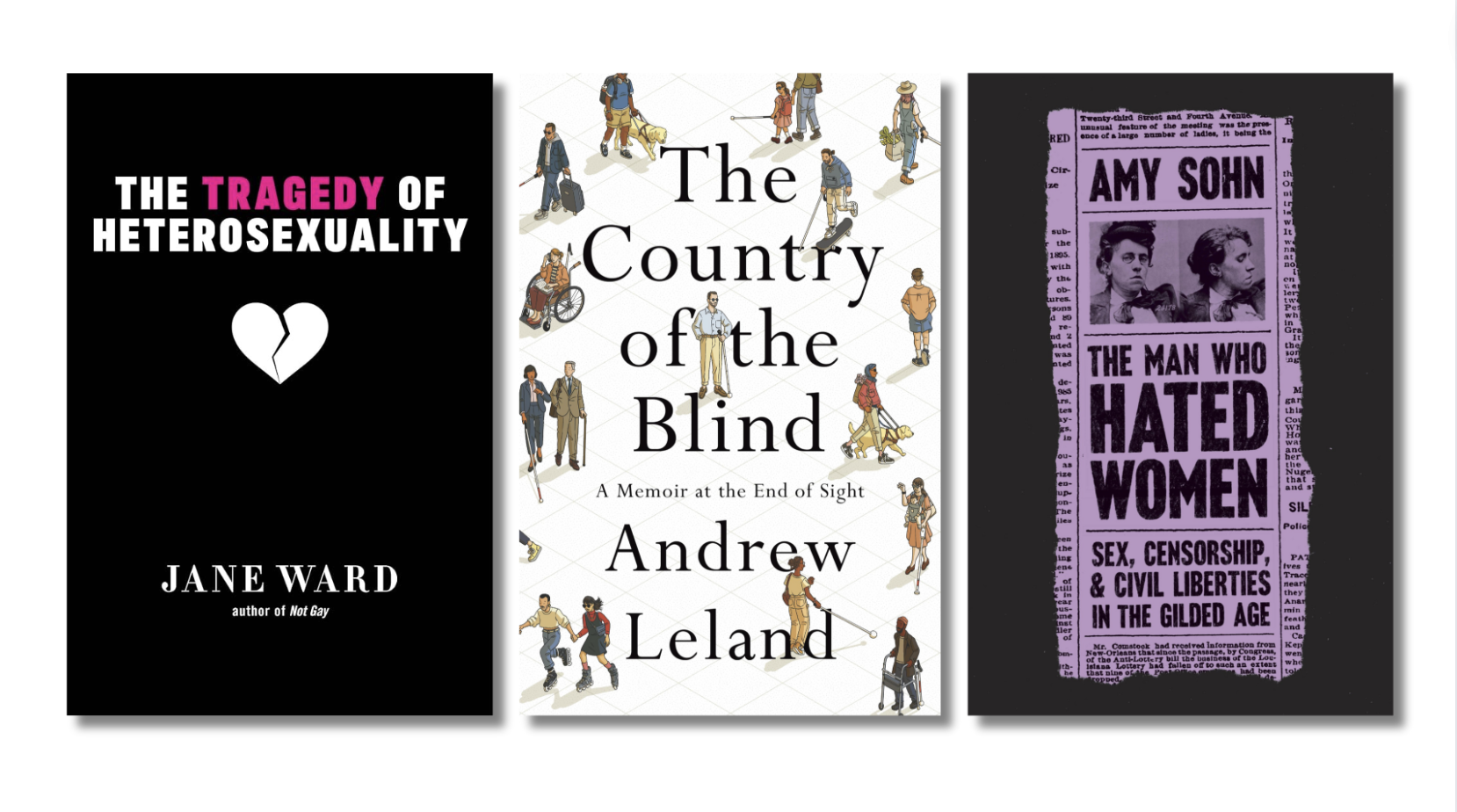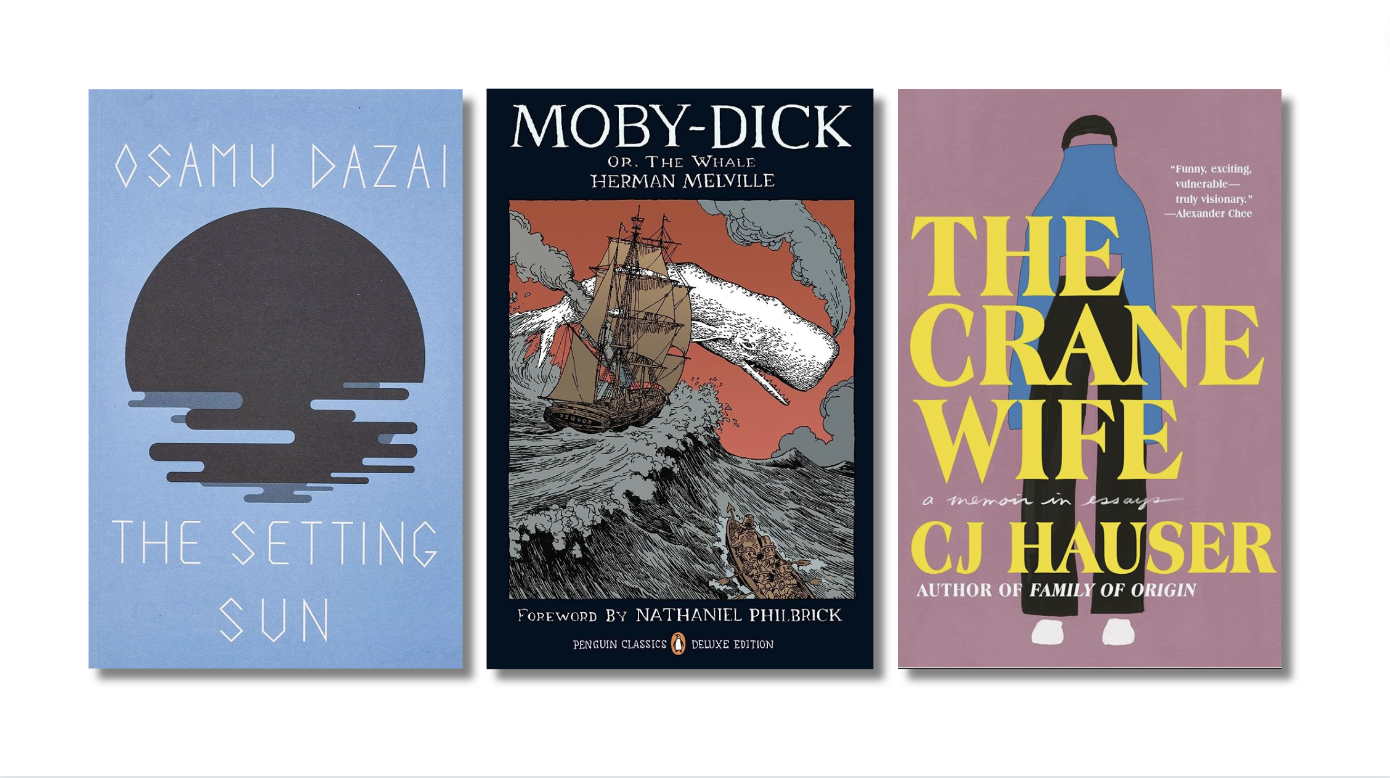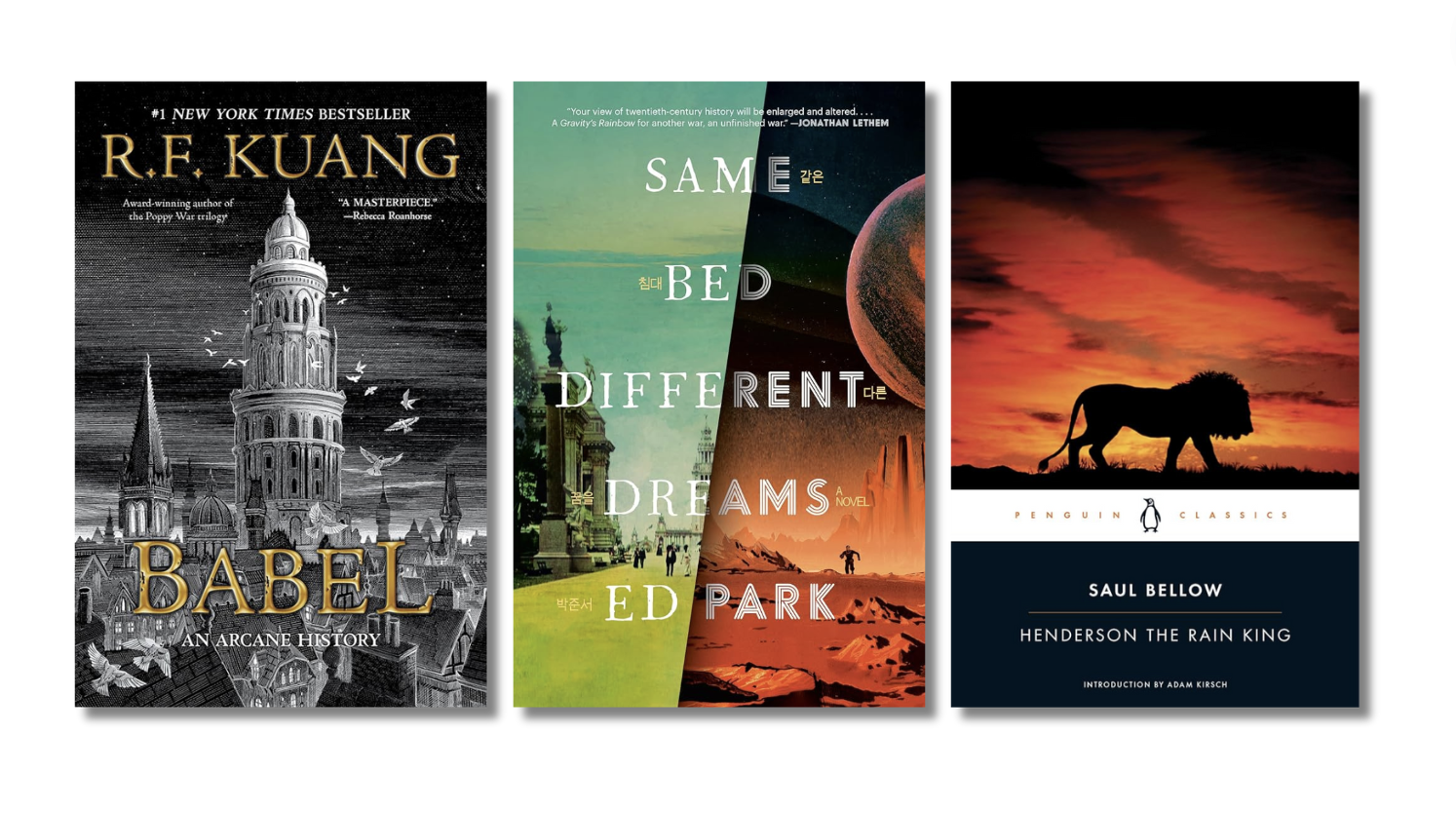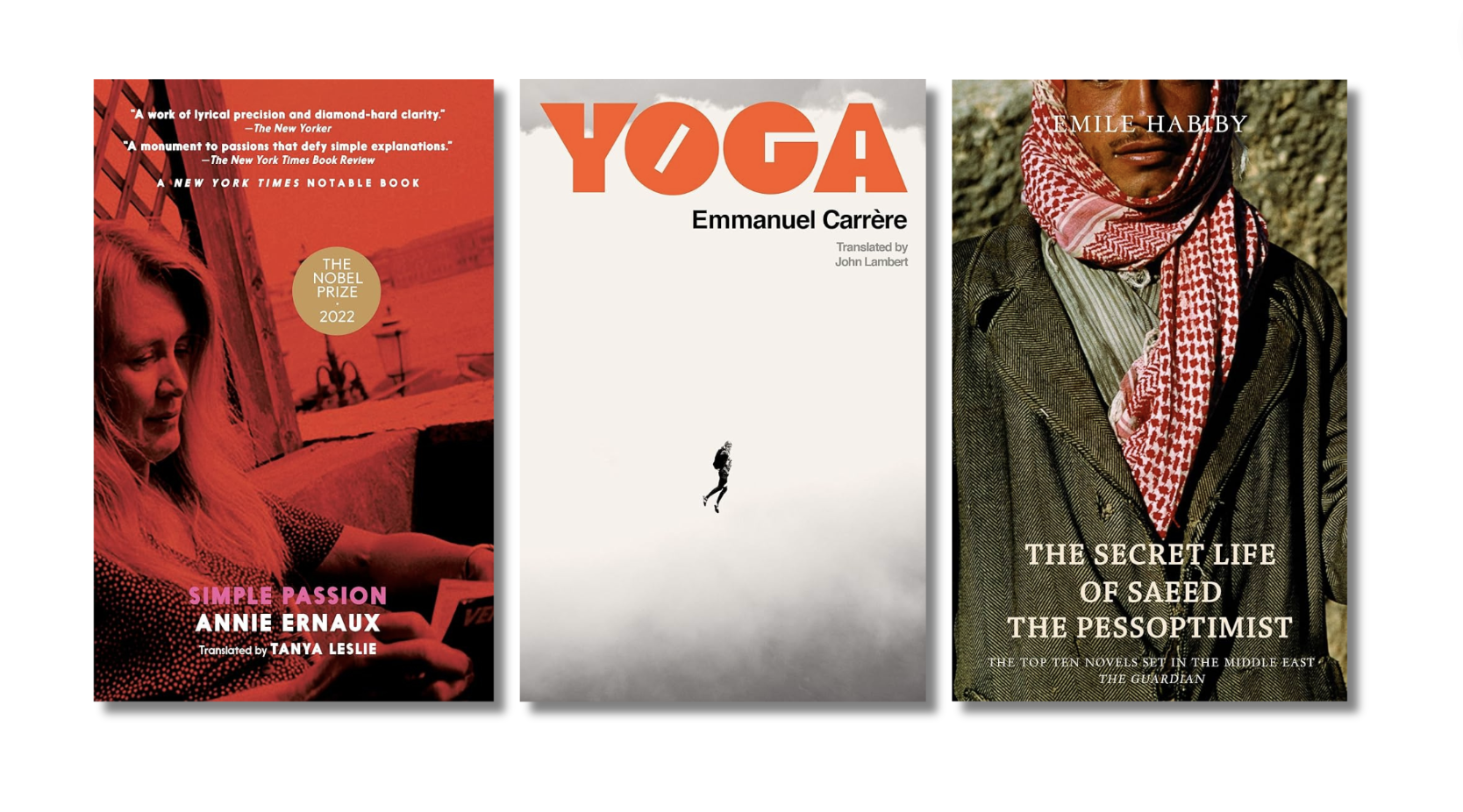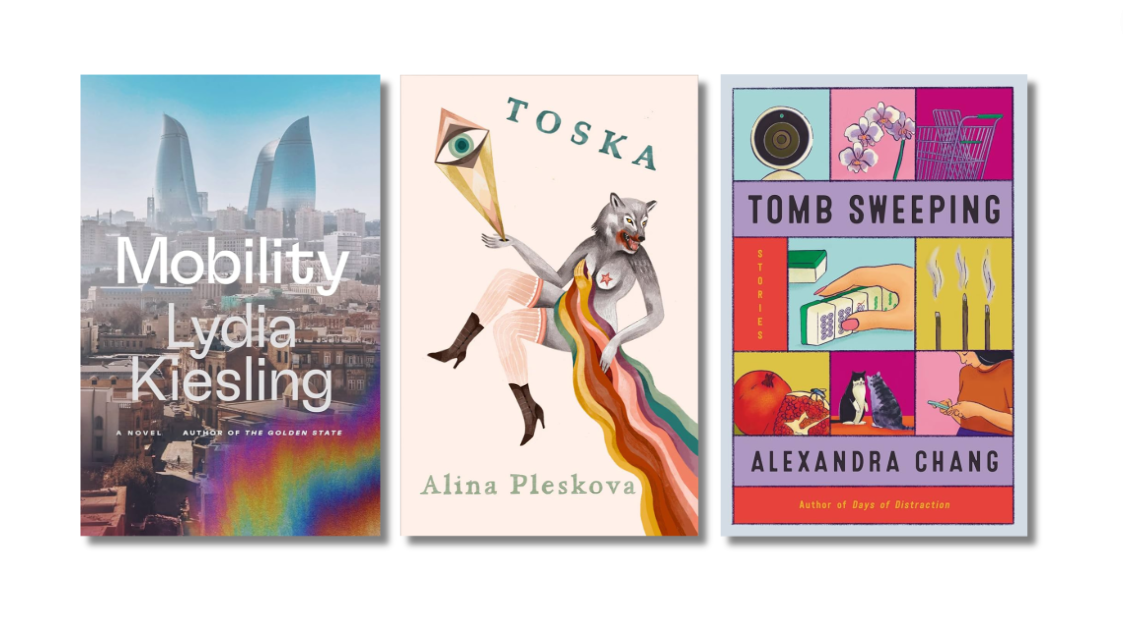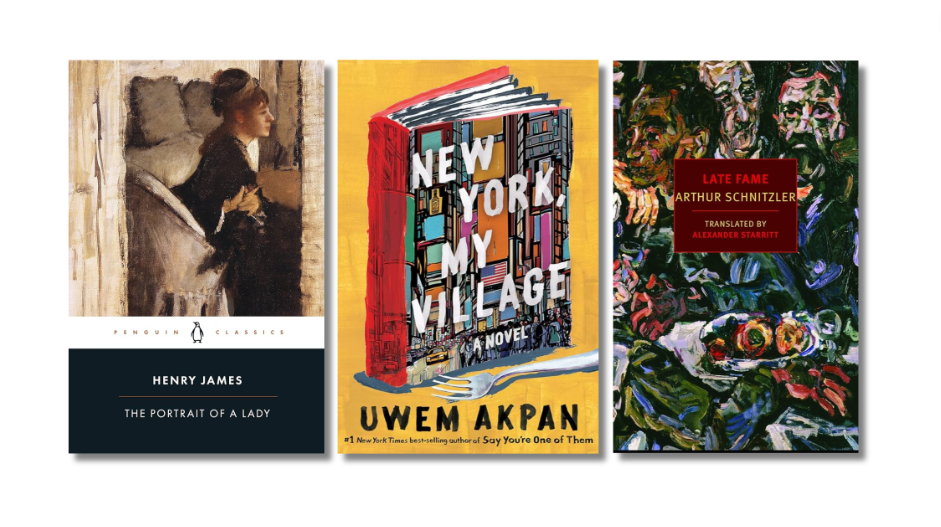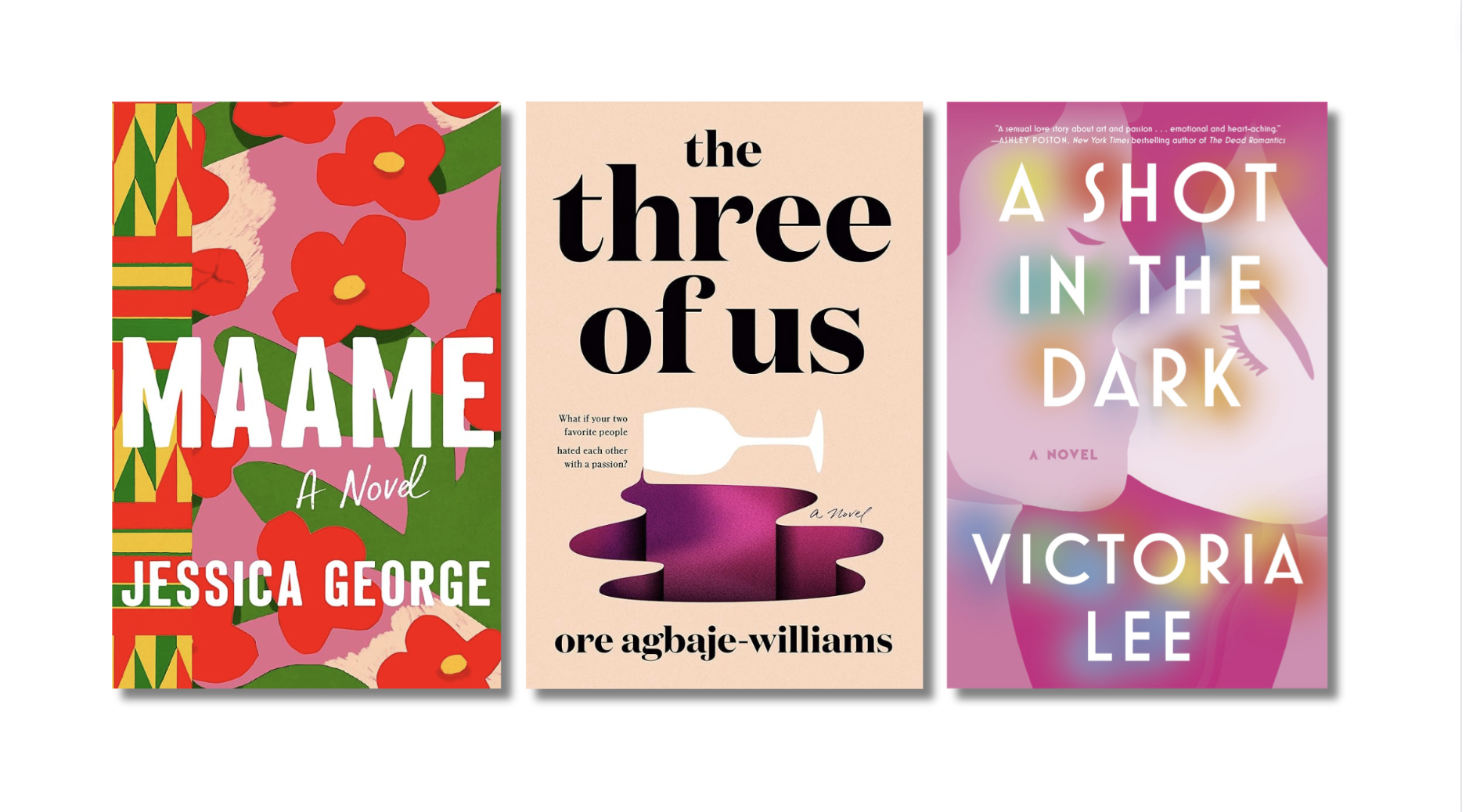As usual, my reading has focused on language and history, and I’ve got some recommendations in each field. In language, unfortunately, two of the most exciting books of the year (both from Oxford) are very expensive, but you might want to see if your library has them.
 The Oxford History of English Lexicography is the best reference history I’ve read in a long time, and I feel confident in saying that if you love dictionaries, you will want to set some time aside for reading it. Volume I covers standard dictionaries, going into the early development of glosses and bilingual dictionaries and monolingual dictionaries of English, with chapters on Johnson, American dictionaries, and the OED, as well as dictionaries of national and regional varieties and of Old and Middle English; the long discussion of Webster’s Third in particular is a triumph, doing full justice to the greatness of the dictionary while fully acknowledging the justice of some of the criticisms. Volume II covers specialized dictionaries of science, dialects, synonyms, etymology, pronunciation, slang and cant, quotations, phraseology, and personal and place names.
The Oxford History of English Lexicography is the best reference history I’ve read in a long time, and I feel confident in saying that if you love dictionaries, you will want to set some time aside for reading it. Volume I covers standard dictionaries, going into the early development of glosses and bilingual dictionaries and monolingual dictionaries of English, with chapters on Johnson, American dictionaries, and the OED, as well as dictionaries of national and regional varieties and of Old and Middle English; the long discussion of Webster’s Third in particular is a triumph, doing full justice to the greatness of the dictionary while fully acknowledging the justice of some of the criticisms. Volume II covers specialized dictionaries of science, dialects, synonyms, etymology, pronunciation, slang and cant, quotations, phraseology, and personal and place names.
 The two volumes of the Historical Thesaurus of the Oxford English Dictionary are heavy (they come with a slipcase) and somewhat intimidating, but once you get used to them you wonder how you managed without them. Let’s say you look up squirrel in the OED and discover it entered English in the 14th century, and it occurs to you to wonder what they called the creature before they borrowed the French word. Until now, you would have had to ask a medievalist; now you look up squirrel and are directed to 01.02.06.20.05.08 (n.), where you discover that what they used to say was aquerne. And what if you want to know in general what words were available in a given period? Any historical novelist who cares about linguistic accuracy must have struggled with this; if your novel is set in the 1820s, how can you be sure you’re using vocabulary appropriate to the time and not introducing anachronisms? Now you can find out.
The two volumes of the Historical Thesaurus of the Oxford English Dictionary are heavy (they come with a slipcase) and somewhat intimidating, but once you get used to them you wonder how you managed without them. Let’s say you look up squirrel in the OED and discover it entered English in the 14th century, and it occurs to you to wonder what they called the creature before they borrowed the French word. Until now, you would have had to ask a medievalist; now you look up squirrel and are directed to 01.02.06.20.05.08 (n.), where you discover that what they used to say was aquerne. And what if you want to know in general what words were available in a given period? Any historical novelist who cares about linguistic accuracy must have struggled with this; if your novel is set in the 1820s, how can you be sure you’re using vocabulary appropriate to the time and not introducing anachronisms? Now you can find out.
 Some less expensive and more immediately appealing books I was happy to encounter during the year: Ambrose Bierce’s Write It Right: The Celebrated Cynic’s Language Peeves Deciphered, Appraised, and Annotated for 21st-Century Readers by Jan Freeman is a fine updating of the great cynic’s very idiosyncratic little usage book. Besides the well-written, sensible introduction, each of Bierce’s entries is followed by Freeman’s well-written, sensible update, saying pretty much what I would have wanted to say about each of his rants and shibboleths.
Some less expensive and more immediately appealing books I was happy to encounter during the year: Ambrose Bierce’s Write It Right: The Celebrated Cynic’s Language Peeves Deciphered, Appraised, and Annotated for 21st-Century Readers by Jan Freeman is a fine updating of the great cynic’s very idiosyncratic little usage book. Besides the well-written, sensible introduction, each of Bierce’s entries is followed by Freeman’s well-written, sensible update, saying pretty much what I would have wanted to say about each of his rants and shibboleths.
 The third edition of Jesse Sheidlower’s The F-Word is a must for anyone interested in the most notorious of English obscenities. This is not one of those pro forma “revisions” that correct a few errors, toss in a few added items, and add a new preface; the text of the dictionary is twice as large as the second edition, over a hundred new words and senses have been added, and it now aims to cover the entire English-speaking world. This book makes me proud to be a part of a civilization that could produce such a thing.
The third edition of Jesse Sheidlower’s The F-Word is a must for anyone interested in the most notorious of English obscenities. This is not one of those pro forma “revisions” that correct a few errors, toss in a few added items, and add a new preface; the text of the dictionary is twice as large as the second edition, over a hundred new words and senses have been added, and it now aims to cover the entire English-speaking world. This book makes me proud to be a part of a civilization that could produce such a thing.
 H. W. Fowler’s A Dictionary of Modern English Usage: The Classic First Edition is another indispensable update. Keeping Fowler’s original text unchanged, it adds a superb introduction and a concluding section of notes updating some 300 entries, both by David Crystal. In the introduction, Crystal has written the best discussion of Fowler that I have seen or, really, can imagine, and the end notes are very useful, providing pointers to how things have changed since Fowler’s day and, in some cases, when he went astray. If you want to explore the ideas of one of the most interesting thinkers about English style in the early twentieth century, guided by a reliable modern linguist, this is the book for you.
H. W. Fowler’s A Dictionary of Modern English Usage: The Classic First Edition is another indispensable update. Keeping Fowler’s original text unchanged, it adds a superb introduction and a concluding section of notes updating some 300 entries, both by David Crystal. In the introduction, Crystal has written the best discussion of Fowler that I have seen or, really, can imagine, and the end notes are very useful, providing pointers to how things have changed since Fowler’s day and, in some cases, when he went astray. If you want to explore the ideas of one of the most interesting thinkers about English style in the early twentieth century, guided by a reliable modern linguist, this is the book for you.
 Finally, In the Land of Invented Languages was the most unexpected pleasure of my reading year. I’ve never had much interest in artificial languages, but this completely won me over. Arika Okrent writes well and tells a great story, but she also has a PhD in linguistics, which makes all the difference; any good journalist could spin a lively tale out of some of this material (people who spend their lives creating and trying to publicize languages tend to be pretty colorful), but it takes a linguist to see what’s going on with the languages and be able to point out where they succeed and where they fail. Okrent has written a gripping account of some amazing people and some fascinating changes in the European cultural environment.
Finally, In the Land of Invented Languages was the most unexpected pleasure of my reading year. I’ve never had much interest in artificial languages, but this completely won me over. Arika Okrent writes well and tells a great story, but she also has a PhD in linguistics, which makes all the difference; any good journalist could spin a lively tale out of some of this material (people who spend their lives creating and trying to publicize languages tend to be pretty colorful), but it takes a linguist to see what’s going on with the languages and be able to point out where they succeed and where they fail. Okrent has written a gripping account of some amazing people and some fascinating changes in the European cultural environment.
Two books have fundamentally affected the way I think about large chunks of history.
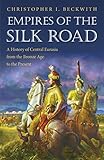 Empires of the Silk Road: A History of Central Eurasia from the Bronze Age to the Present by Christopher I. Beckwith is a reevaluation of the entire history of Eurasia, focusing on that often neglected portion called Central Asia. You can read the Introduction online, and it will give you an idea of the approach, but it’s the details that make the book. As a minor but telling example, each chapter starts off with an epigraph: perfectly normal, but he also includes the originals, in the original script. This isn’t just a nod to multiculturalism, it’s a refusal to privilege the easy-to-read translation over the normally effaced original, an insistence on the fact that people see and express the world through their own languages and we have to bear that constantly in mind. The author’s rethinking of not only Central Asian history but just about everything we think of as “world history” is convincing and important. The epilogue, “The Barbarians,” would make a superb little booklet on its own, and sums up the essence of what he’s trying to convey throughout the book, demonstrating that the Central Eurasians were no more violent than the “civilized” states with whom they sometimes fought, that what they desired above all else was trade (which requires peace), and that it was generally the peripheral states that attacked the Central Eurasians in an effort to expand their own territory and impose their own power, which they believed should be universal. (Unfortunately, the last two chapters are devoted almost entirely to a denunciation of “Modernism,” by which he means pretty much everything bad that’s happened since the nineteenth century, but they can be ignored.)
Empires of the Silk Road: A History of Central Eurasia from the Bronze Age to the Present by Christopher I. Beckwith is a reevaluation of the entire history of Eurasia, focusing on that often neglected portion called Central Asia. You can read the Introduction online, and it will give you an idea of the approach, but it’s the details that make the book. As a minor but telling example, each chapter starts off with an epigraph: perfectly normal, but he also includes the originals, in the original script. This isn’t just a nod to multiculturalism, it’s a refusal to privilege the easy-to-read translation over the normally effaced original, an insistence on the fact that people see and express the world through their own languages and we have to bear that constantly in mind. The author’s rethinking of not only Central Asian history but just about everything we think of as “world history” is convincing and important. The epilogue, “The Barbarians,” would make a superb little booklet on its own, and sums up the essence of what he’s trying to convey throughout the book, demonstrating that the Central Eurasians were no more violent than the “civilized” states with whom they sometimes fought, that what they desired above all else was trade (which requires peace), and that it was generally the peripheral states that attacked the Central Eurasians in an effort to expand their own territory and impose their own power, which they believed should be universal. (Unfortunately, the last two chapters are devoted almost entirely to a denunciation of “Modernism,” by which he means pretty much everything bad that’s happened since the nineteenth century, but they can be ignored.)
 Gary B. Nash’s The Unknown American Revolution: The Unruly Birth of Democracy and the Struggle to Create America is a complete overturning of the conventional picture of the Revolution, according to which a few white male geniuses who loved liberty aroused a nation of citizen-soldiers to overthrow the British yoke. Nash, who for years has been producing studies of the people forgotten in this account – the poor, the working-class, the women, the black, the Native American – has consolidated his work into a powerful history that will make you rethink everything you thought you knew. For instance, one of the main motivators of the Revolution was the Proclamation Line of 1763, which banned white settlement west of the Alleghenies; an attempt by the British Crown to secure its native subjects in their lands, it infuriated the land-hungry colonists, both the poor who wanted farms they could own and live on and the rich who wanted millions of acres they could rent out profitably. Among the latter were most of the revered Founding Fathers; in a single devastating paragraph, Nash names them and describes their financial interests: George Mason, author of Virginia’s Declaration of Rights, “had watched the Proclamation of 1763 destroy first his beloved Ohio Company and then his hopes of obtaining fifty thousand acres of Kentucky land”; Richard Henry Lee, who introduced the Declaration of Independence to the Continental Congress in July 1776, had hoped by his Mississippi Land Company to lay his hands on 2.5 million acres; George Washington “had thousands of acres of bounty lands that he purchased cheaply from veterans’ claims slip from his hands”; Thomas Jefferson and Patrick Henry likewise saw their land ventures “disappear like smoke. All these disappointments could be undone through… a double war: against England, and against the ancient inhabitants of the fertile region watered by the Ohio and its tributaries.”
Gary B. Nash’s The Unknown American Revolution: The Unruly Birth of Democracy and the Struggle to Create America is a complete overturning of the conventional picture of the Revolution, according to which a few white male geniuses who loved liberty aroused a nation of citizen-soldiers to overthrow the British yoke. Nash, who for years has been producing studies of the people forgotten in this account – the poor, the working-class, the women, the black, the Native American – has consolidated his work into a powerful history that will make you rethink everything you thought you knew. For instance, one of the main motivators of the Revolution was the Proclamation Line of 1763, which banned white settlement west of the Alleghenies; an attempt by the British Crown to secure its native subjects in their lands, it infuriated the land-hungry colonists, both the poor who wanted farms they could own and live on and the rich who wanted millions of acres they could rent out profitably. Among the latter were most of the revered Founding Fathers; in a single devastating paragraph, Nash names them and describes their financial interests: George Mason, author of Virginia’s Declaration of Rights, “had watched the Proclamation of 1763 destroy first his beloved Ohio Company and then his hopes of obtaining fifty thousand acres of Kentucky land”; Richard Henry Lee, who introduced the Declaration of Independence to the Continental Congress in July 1776, had hoped by his Mississippi Land Company to lay his hands on 2.5 million acres; George Washington “had thousands of acres of bounty lands that he purchased cheaply from veterans’ claims slip from his hands”; Thomas Jefferson and Patrick Henry likewise saw their land ventures “disappear like smoke. All these disappointments could be undone through… a double war: against England, and against the ancient inhabitants of the fertile region watered by the Ohio and its tributaries.”
One of the strands of the book is the increasingly desperate attempts by the Native Americans – Iroquois, Shawnee, Cherokee, and others – to find a way to survive and hold on to at least some of their land in the face of the increasingly brutal attacks of white invaders supported by greedy governments, and Nash does not try to hide his indignation at the language of the Declaration of Independence, which claims the king “has endeavoured to bring on the inhabitants of our frontiers, the merciless Indian Savages, whose known rule of warfare, is an undistinguished destruction of all ages, sexes and conditions.” Jefferson, who wrote these lines, knew they were a lie, knew that it was the white settlers who had practiced “an undistinguished destruction” upon those they were trying to displace; this lie was left untouched by the drafting committee (Franklin, Adams, et al.) and by the Congress as a whole, and according to Nash it has been ignored ever since: “The silence of historians on this disingenuous charge is deafening in the most notable studies of the Declaration of Independence spanning more than eighty years. In Carl Becker…, in Garry Wills…, and in Pauline Maier… not a word appears on this vicious caricature of the American Indians, who had been trading partners, military allies, and marital consorts as often as enemies for two centuries.”
I could go on citing examples for pages, but I’ll cut to the chase: Nash’s well-chosen and vividly presented snapshots of people and events are tied together convincingly into a powerful picture of the have-nots rising up and demanding their rights against both the far-off British oppressors and against the local elite who kept them hungry and poor for their own profit, and his book makes me realize that the Revolution did not end with the War of Independence in 1783 but is still ongoing.
Finally, I finished War and Peace! I’ve read it twice in English (in college and in the mid-’90s) and now in Russian, and each time the characters come to life in the same mysterious way. From the protagonists to the minor walk-ons, they have the unruly undeniability of actual people. How does Tolstoy do it?


